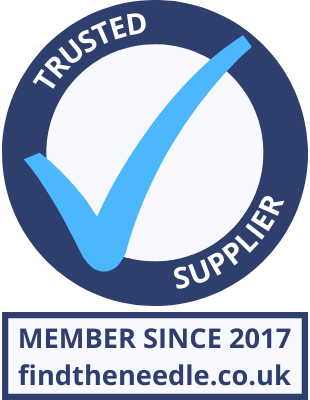About Us
We believe success is not defined by size, but by the quality of the relationships we build. We are proud to form lasting partnerships at both organisational and individual levels.
Since 1990, we have operated from our carbon-neutral offices and workshop in Cambridge’s award-winning Innovation Centre, at the heart of the technology cluster. From here, we work with companies across the globe to reduce costs and improve product quality through automation. Our services range from feasibility studies to delivering fully validated solutions, and one of our key strengths is that we are always able to design and manufacture the solutions we propose.
In response to customer demand, we also provide a Repeat Build service for small-volume, high-value products. Beyond design and development, we can install, train, and support clients worldwide through our sister company, Nexus Intelligent Engineering.
Our risk-based approach sets us apart. By carrying out thorough risk assessments throughout each project, we address the real challenges, which are often different from those first identified. This method has earned us a reputation for delivering innovative, compliant solutions in regulated environments. At the same time, we apply the same principles across every sector we serve, including:
-
Medical
-
Renewables
-
Industrial Automation



